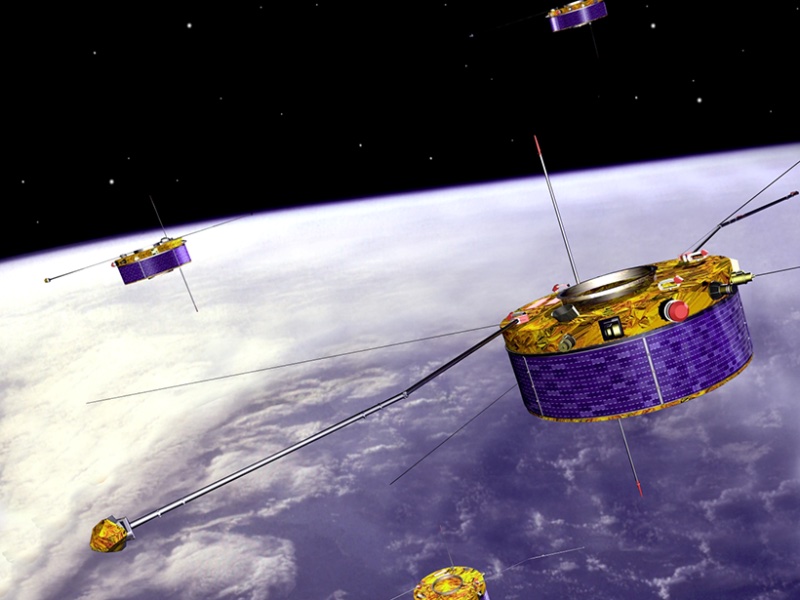Research Spotlight: 20 years of auroral research with the Cluster spacecraft
Göran Marklund and Per-Arne Lindqvist have published a paper summarizing scientific achievments in the auroral research using more than 20 years of data from European Space Agency four-spacecraft mission Cluster. The paper has been selected as a Research Spotlight by the American Geophysical Union.

In a recent study, published in Journal of Geophysical Research, Göran Marklund and Per-Arne Lindqvist summarize the scientific achievements in auroral research using more than 20 years of data from the European Space Agency four-spacecraft mission Cluster. The Cluster orbits have allowed studies of the dynamic region where Earth's ionosphere and magnetosphere interact at altitudes of many thousand kilometers. There the highly important auroral acceleration region is located, where electrons gain high energies due to electric fields parallel to the ambient magnetic field. These high energy electrons then impact the atmopshere, exciting atoms and molecules causing them to emit the light that we observe as aurora. The paper is part of a special issue dedicated to the 20th anniversary of the Cluster mission, and it has recently been selected as a Research Spotlight by the American Geophysical Union.
The Division of Space and Plasma Physics (SPP) has made major contributions to the hardware of the Cluster instruments measuring the electric field. SPP participates in operating the instruments in space and many SPP scientists have been and are still actively using data from the Cluster mission to study aurora and other space science topics.
Links:
